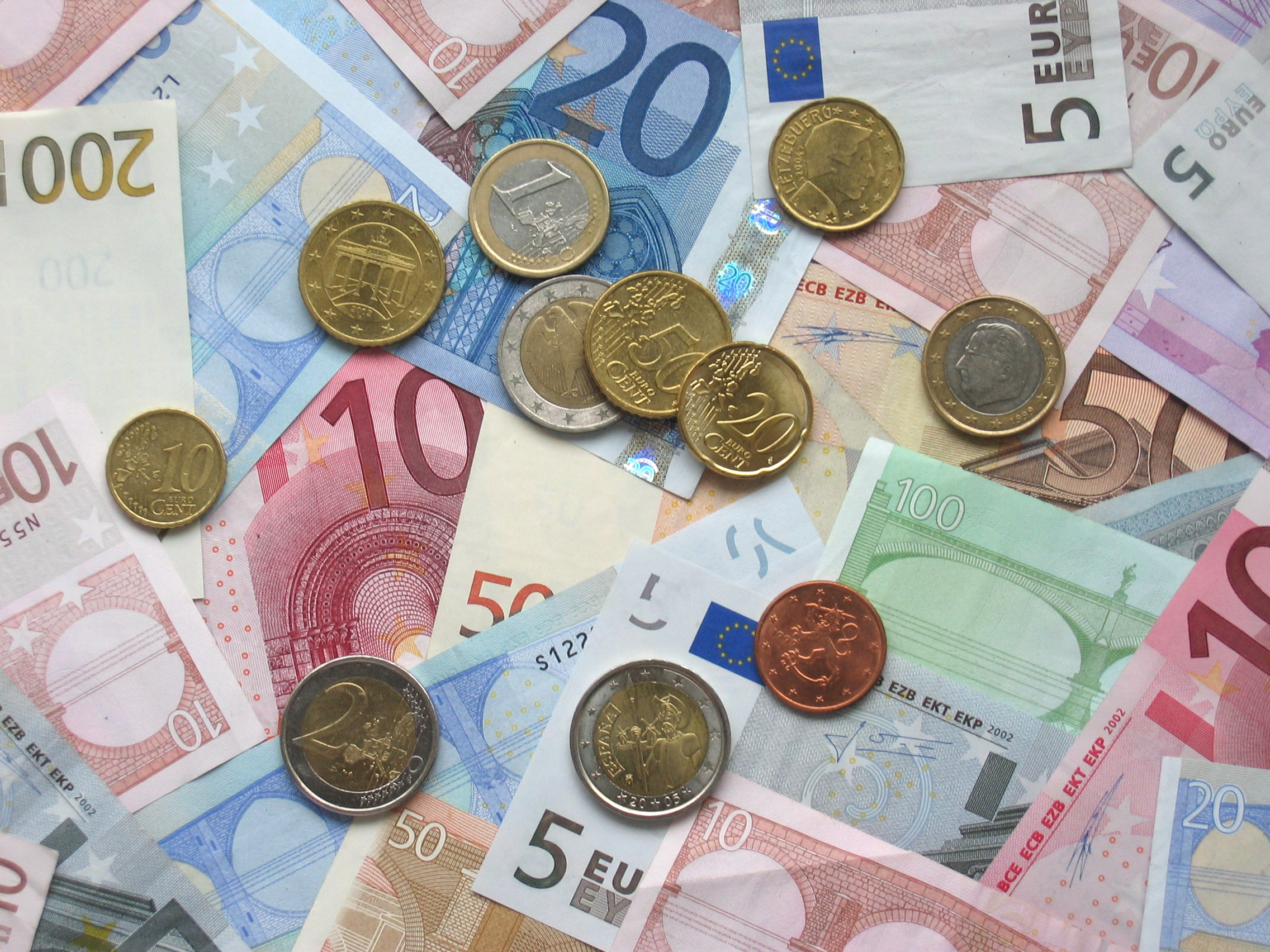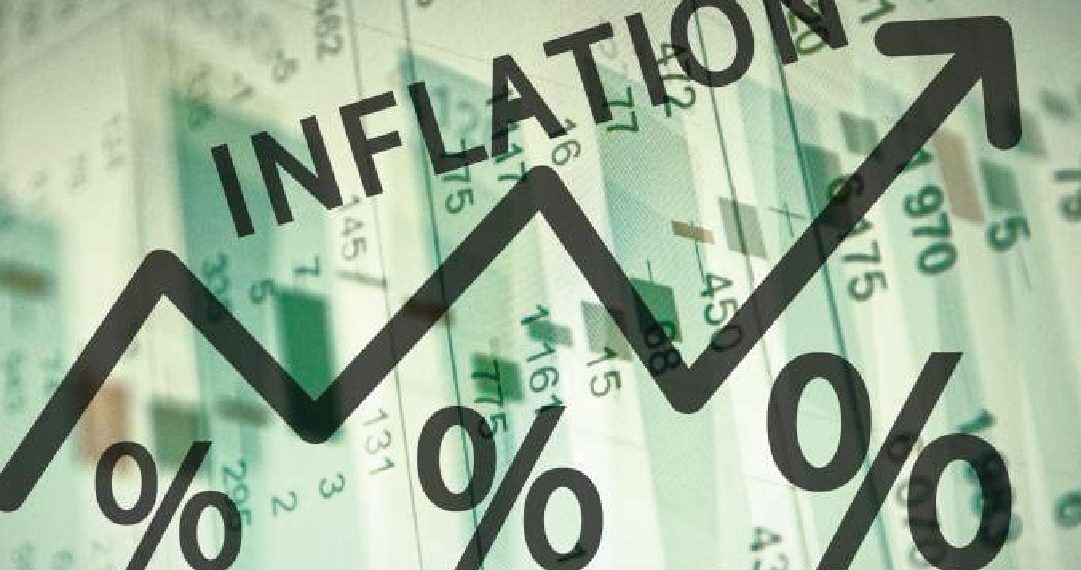The European Single currency,euro, on Monday, May 7, appreciated by 0.3 percent lower at $1.1927, not far from Friday’s four-month low of $1.1910.
In data from the euro zone’s largest economy Germany, industrial orders unexpectedly dropped for the third month running in March, suggesting factories there are shifting into lower gear.
The week ahead includes readings on the health of the Chinese economy and, U.S. inflation ,and a Bank of England monetary policy meeting.
Meanwhile, the dollar strengthened back towards the 2018 peak it reached on Friday, when investors shrugged off the weaker-than-expected jobs report to extend the currency’s 2-1/2 week-long rally.
The dollar, which has enjoyed a sudden reversal in fortunes as investors bet on more Fed rate hikes and a slower pace of tightening in the euro zone, rose 0.3 percent versus the euro to $1.1928.
Measured against a basket of currencies, the dollar index was 0.3 percent stronger at 92.811, not far from the 92.9 it hit on Friday – its highest since December.
Elsewhere, the pound traded up 0.1 percent at $1.3543, near its four-month low of $1.3487 touched on Tuesday, Reuters reports.
“Looking at the U.S. economic data, everything is looking quite positive. No one expects higher interest rates to be a brake on economic growth,” said Christensen.
The soft German data supported euro zone government bond markets as investors continued to bet on caution from the European Central Bank.
“A lot has been repriced in terms of the ECB so the outlook for bonds is a bit more mixed,” said Commerzbank rates strategist Rainer Guntermann.














